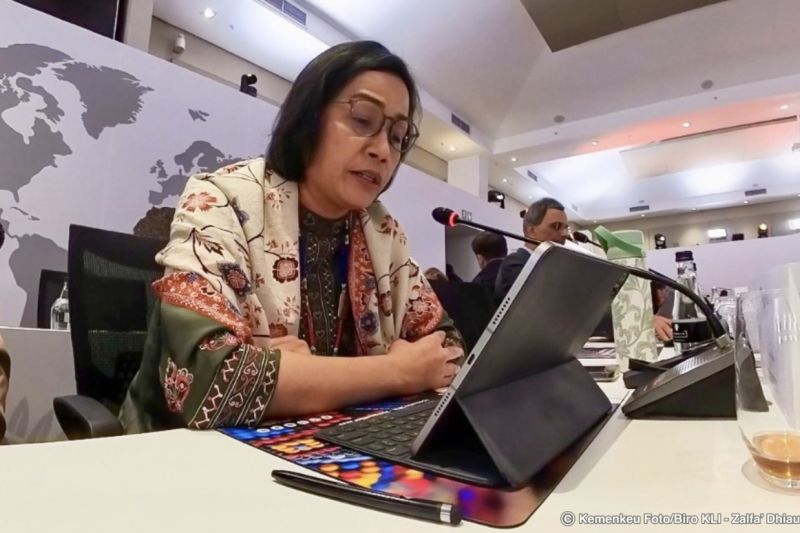
Parliament challenges the 20% education budget rule as its members warn the government isn’t complying with constitutional mandates. Following a recent Budget Committee hearing, MPs insist the APBN must allocate a full 20 percent for education—and not channel it elsewhere. This issue hits home as the 2025 education spending currently sits around 17–17.5 percent, falling short of the legal threshold.
Legal Framework Behind the 20 Percent Education Budget
The 20 percent education budget rule stems from Article 31(4) of the 1945 Constitution and Article 49 of Law No. 20/2003 on the National Education System. These laws demand that at least 20 percent of the national and regional budgets go directly to education. However, recent reports show Indonesia consistently records around 17 percent actual education spending —far below the mandated figure.
Current Education Spending in the 2025 Budget
The Finance Ministry and government approved an education budget of IDR 724.3 trillion (~USD 44 billion) for 2025, up from Rp 665 trillion in 2024—about an 8.9 percent increase. That figure represents 20 percent of the total APBN, which is IDR 3,613 trillion. But when implementation starts, real spending lingers around 17–17.5 percent.
Parliament’s Demands for Real Usage of Funds
Budget Committee (Banggar) MPs like Marwan Cik Asan and Habib Syarief argue the government is failing the 20 percent education budget rule in practice. They stress that any unused portion—such as surplus from school meal programs—should be shifted back into core education spending like teacher welfare and school infrastructure. Ecky Awal Mucharam went as far as claiming the current practice violates the constitution.
Calls to Redefine the Mandate’s Base
Finance Minister Sri Mulyani suggested recalibrating the basis for the 20 percent mandate—from total spending to total revenue—to give more room for budget flexibility. However, MPs oppose this route, insisting the constitutional goal is actual funding reaching direct educational purposes.
Distribution Inequality and Usage Gaps
Another issue is that a significant portion of the “education budget” is spread across 24 ministries or buried in transfer funds, with the primary education ministry receiving only about 15 percent of the total. MPs like Dede Yusuf argue the funding formula must be optimized so education allocations are effective and target actual schools.
Impact: Why This Matters for Students and Schools
The delay in hitting the 20 percent spending floor translates into persistent issues: underpaid teachers, poor facilities, limited access to digital classrooms—particularly in remote areas. The Parliament warns this gap prevents Indonesia from capitalizing on its demographic dividend and obstructs educational equity.
What Parliament Plans to Do Next
To enforce compliance, DPR leaders are considering:
- Stricter oversight through the Budget Committee.
- Legal reviews to ensure finance laws align with constitutional mandates.
- Ministries coordinate to ensure they spend funds as intended.
- Public transparency and reporting on budget absorption.
Conclusion: A Budget Fight for Education’s Future
The clash between Parliament and the executive branch centers on whether Indonesia is honoring its constitutional promise: spending 20 percent of its budget directly on education. Until realized, this remains a political flashpoint with real consequences for teachers, students, and the country’s long-term growth.






